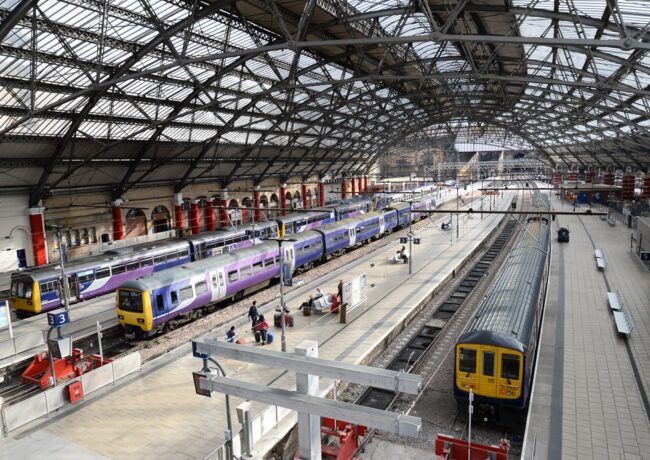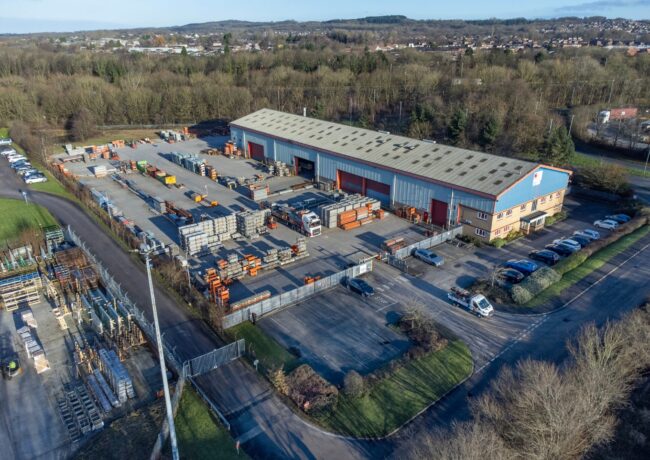Baltic Triangle station leads £173m transport investment
The Liverpool City Region Combined Authority is to invest nearly £173m in 18 transport and infrastructure schemes, including the creation of new train stations in the Baltic Triangle and at Headbolt Lane, along with major interventions in the region’s cycling network.
Large-scale investments at Lime Street station, a remodelling of Birkenhead Central, improved interchange options at Lea Green railway station, supporting Runcorn’s “Station Quarter” ambitions, and cycle routes from Wirral Waters to Birkenhead are all mooted as part of the £172.5m deal from the Transforming Cities Fund, due to be signed off by the Combined Authority at a meeting next week.
These schemes, which are to be delivered over a five-year period, have been subdivided into three themes.
Under the first theme of “improving and expanding the public transport network to meet new areas of demand” ten projects were put forward:
- Transforming the space around Runcorn Station
- Improving interchange options for Lea Green station
- Providing infrastructure to deliver high capacity, quality, wireless connectivity for the new Merseyrail fleet
- Developing on board battery technology for the new Merseyrail fleet
- The extension of Merseyrail through to a new station at Headbolt Lane from Kirkby
- The creation of an obstacle free and accessible route from the train station entrances to the platforms
- A new station in the Baltic Triangle, South of Liverpool Central
- A remodelling of Birkenhead Central and new road access from Hind Street to the station
- Developing further Lime Street station capacity in light of HS2
The second theme, “improving the appeal of public transport, and particularly bus, against private transport”, had four proposed projects:
- Developing green bus routes as part of a package of improvements on the A57, A562, B5178, A59 and A567 commuting corridors
- Streamlining and enhancing the transport ticketing system to deliver simple multi-modal tickets for customers across the region
- Accelerating the deployment of responsible bus services
- Upgrades to the region’s UTC Traffic Systems network scheme
The third theme, “intervening for health and wellbeing”, also received four proposals.
- Developing a first phase of a 600km cycle route across the region
- Developing a second phase of a 600km cycle route in Wirral and Halton
- Purchasing two low carbon ferries and related infrastructure
- Creating a multi-user route from Wirral Waters to Birkenhead
The Liverpool City Region was granted the money to “support interlinking interventions which will transform sustainable transport connectivity in key commuter routes.”
The funding will be divided unevenly over the period; £10m is to be used between 2018 to 2019; £30m between 2019 to 2020; £40m between 2020 to 2021; £40m between 2021 to 2022; and a final £38.5m between 2022 and 2023.
The Combined Authority warned that the £172.5m fund will not be able to cover all 18 schemes, with other funding sources needed to bring forward all of the project.
Steve Rotheram, Metro Mayor of the Liverpool City Region, said: “This ambitious £172.5m programme will help to drive economic growth that benefits everyone in our city region by dramatically improving sustainable transport across our city region.
“By making it easier for people to get around, and access jobs and opportunities, using public transport or by walking and cycling, we will boost prosperity, help our environment, and improve health and wellbeing.”
Cllr Liam Robinson, portfolio holder for transport and air quality, said: “These proposals mark one of the combined authority’s most significant investments yet in making our transport system more sustainable. By increasing our public transport network and making it more attractive, as well as making it easier for people to get around on foot or by bike, we are giving a green boost to our city region’s economy, that will benefit everyone who lives and works here.”
The schemes identified for potential funding will still have to be approved through the usual appraisal process.




